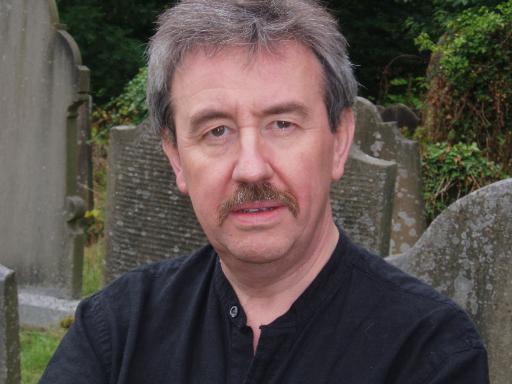
Recently Rated:
Stats
Halloween
Halloween. It is one of the oldest festivals of all, and represents a curious mixture of many different traditions. The Celts called it Samhain, a festival that provided a boost for people as they entered the long dark winter months, when the countryside seemed dead and the days seemed so short.
Over time it became mixed in with All Saints Day, a day set aside for those poor saints who didnt have a day of their own.
Originally it represented the end of the harvest season and the beginning of a new year. The Welsh term for the festival is Nos Calan Gaeaf - a reference to the beginning of winter. As we all know today it is regarded as a time when the boundaries between the living and the dead become blurred.
A door to another reality opened up briefly and all sorts of horrors spilled out. So bonfires were lit to frighten away the spirits. This was the time in the Welsh tradition when Hwch Ddu Cwta appeared the Black Sow.
They would light bonfires and roast apples (and in later years potatoes) and leap through the flames to bring good luck. Then they would throw stones in the fire and run home to escape Hwch Ddu who would be on the prowl. On the first of November they would return to look for their stone. If they could find it then you were guaranteed good luck for the New Year. If you couldnt then you were facing bad luck, or even death.
Apples played an important part in Samahin because it came at the end of the apple harvest and there were plenty around. Apple bobbing was common. The most successful technique, assuming they had no stalks, was to plunge into the barrel and trap the apple against the bottom. Boys have always been so competitive.
In another apple game, one was tied to a stick suspended from the ceiling with a candle tied to the other. It was spun around and you had to catch the apple with your teeth. How they laughed when someone got a face full of wax.
There was also the Puzzle Jug. It had many spouts and you had to guess which one was correct. Get it wrong and you would be soaked by beer or cider. I bet they could hardly wait for the invention of television.
A lot of the traditions seem to centre upon finding a partner.In Montgomeryshire villages they would make a large vegetable mash in which a ring would be hidden. The local girls would dig into it with wooden spoons. The one who found it would be the first to be married. In Carmarthenshire nine girls would gather together to make a pancake of nine ingredients. They would divide it up into nine pieces and eat it. As a result they would, before morning, have a vision of their future husband. Which may or may not have been a good idea.
In Scotland, as you can see similar traditions outlined in Robert Burns poem Halloween. A girl could eat an apple in front of a mirror and she would see her future husband looking over her shoulder, presumably telling her that the porridge needed stirring.
Alternatively she could hang a wet shirt sleeve in front of the fire to dry and watch it closely. At midnight the spirit of her future partner would appear and turn it round a fascinating idea completely destroyed by the invention of the tumble drier.
Everywhere Halloween has been a time for the universal walking abroad of spirits, a time when the boundaries between our world and the spirit world are momentarily lowered. A time of inversion, when everything was turned upside down. In parts of Wales it became a bit of a cross-dressing festival. Boys and girls would swap clothes and go from home to home, chanting verses and spells and asking for gifts of fruit or nuts which were used to predict the future.
Other boys might dress up in sheepskins and rags and blacken their faces. They were the gwrachod (hags or witches) and they would look for gifts of apples or nuts or beer. Their job was to drive away evil spirits from the home. Clearly an early variation on the theme of trick or treat.
Of course, these days the role of the Trick or Treaters themselves has changed. They are the evil spirits who should be driven away.

Glad you found it of interest. There are so many fascinating things that lie hidden in the past. It is important that we do not forget them.
Interesting. As a fellow writer from the USA, I'd like to thank you for some good prose. Drop me a line if you've got the time.Thank you.Denn
Many thanks for the info Geoff. I always thought that the whole 'Trick or Treat' phenomenon was a recent American import. Certainly if I'd tried it in my neighbourhood when I was a kid I would have been told to bugger off. It appears i was wrong....oh well:)